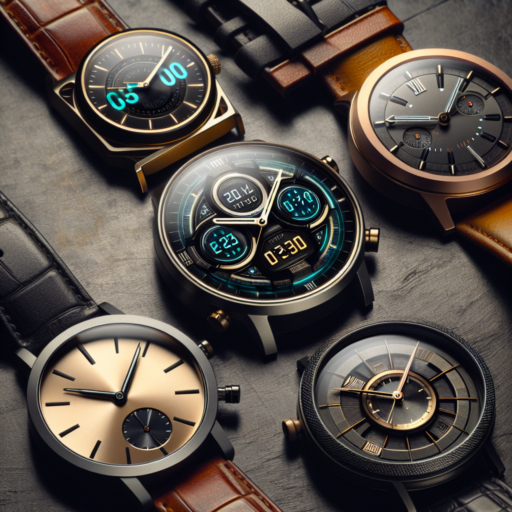No se han encontrado productos.
Is a heart rate chest strap worth it?
When determining the value of a heart rate chest strap, several factors come into play, leading many fitness enthusiasts and experts to advocate for their use. Firstly, accuracy is a paramount concern for anyone looking to track their cardiovascular performance closely. Chest straps are renowned for their precision, as they closely monitor the heart’s electrical activity, ensuring every beat is accounted for. This level of detail gives users a clear insight into their workout intensity and helps tailor their fitness routines for optimal results.
Another consideration is comfort and convenience. Modern chest straps are designed with user comfort in mind, featuring lightweight and non-intrusive materials. This design improvement means that, once correctly positioned, many users forget they’re even wearing it during a workout. The convenience of syncing with various devices and platforms cannot be overstated. Most leading models offer seamless connectivity with fitness apps, smartwatches, and even gym equipment, making it easier than ever to keep track of your progress.
Longevity and battery life also play critical roles in evaluating the worth of a heart rate chest strap. Unlike other wearable tech that requires daily charging, many chest straps boast a battery life extending from months to even years, depending on the model. This longevity means users can focus more on their fitness goals and less on maintenance, making it a reliable and hassle-free option for continuous heart rate monitoring.
Are chest straps accurate for heart rate?
When it comes to monitoring heart rate, chest straps have been a preferred choice for athletes and fitness enthusiasts alike. Their renown stems from the way they measure heart rate: directly from the electrical signals of the heart. This direct measurement method is contrasted with optical heart rate sensors found in wrist-worn devices, which detect blood flow changes. As a result, chest straps offer a level of precision that is hard to beat, especially during intense physical activity or when the wrist is moving excessively.
However, the accuracy of chest straps can be influenced by several factors. Proper positioning and fit are crucial; a chest strap that is too loose may fail to pick up the heart’s electrical signals accurately, leading to erroneous readings. Similarly, external factors such as the user’s skin condition, sweat, and even the presence of body hair can affect data accuracy. To mitigate such issues, wetting the sensors before use and ensuring a snug fit can vastly improve the reliability of heart rate measurements.
In terms of data reliability, chest straps are often praised for their consistency. Unlike wrist-based devices that might give erratic readings under vigorous movement or at high speeds, chest straps maintain a steady stream of data. This consistency makes them highly valuable for athletes who rely on precise heart rate zones to guide their training. The data from chest straps can be seamlessly integrated with various fitness apps and devices, offering users a comprehensive view of their performance and health metrics.
How do HR chest straps work?
Heart Rate (HR) chest straps are a popular tool among athletes and fitness enthusiasts for monitoring their heart rates in real time. These devices operate based on electrical signals produced by the heart during each heartbeat. A key component of HR chest straps is the electrode sensors that are in direct contact with the skin. When the heart beats, it generates a tiny electrical impulse that travels through the body. These impulses are detected by the electrodes embedded in the strap, which are then transmitted wirelessly to a connected device, such as a watch, smartphone, or dedicated fitness tracker, displaying your heart rate instantaneously.
The effectiveness of HR chest straps largely depends on their positioning and the quality of contact they have with the user’s skin. For optimal performance, the strap should be worn snugly around the chest, just below the pectoral muscles. It’s crucial for the electrodes to maintain good skin contact to accurately pick up the heart’s electrical signals. This is often facilitated by moistening the electrodes before use to enhance conductivity and reduce interference. Once in place, the HR chest strap becomes a reliable source for continuous heart rate monitoring, especially during intense physical activities where heart rate is a critical measure of performance and exertion levels.
Additionally, the technology behind HR chest straps has evolved to not only measure heart rate but also to provide insights into heart rate variability, training zones, and even estimations of calories burned. The data collected by the strap can be incredibly detailed, offering users a comprehensive overview of their cardiovascular performance over time. This information proves invaluable for designing workouts that maximize efficiency and effectiveness, all while monitoring the heart’s response to various levels of physical stress.
Can I wear chest strap all day?
Deciding whether you can wear a chest strap all day depends on several factors, including the type of chest strap, your personal comfort, and the device’s specific instructions. Chest straps, especially those designed for heart rate monitoring during exercise, are created to be worn for extended periods. However, for all-day wear, it’s essential to consider both comfort and skin health.
Comfort is a crucial factor when wearing any device for extended periods. High-quality chest straps are designed with materials that minimize irritation and discomfort, allowing for longer wear times without adverse effects. Nevertheless, every individual’s skin sensitivity differs, making it necessary to monitor any signs of discomfort or irritation throughout the day. Adjusting the strap’s tightness and position can also enhance comfort, ensuring the sensor maintains contact without causing undue pressure or chafing.
In terms of skin health, wearing a chest strap all day can increase the risk of skin irritation or even pressure sores if not properly managed. It’s recommended to clean both the skin and the chest strap according to the manufacturer’s instructions to maintain hygiene and reduce the risk of irritation. Additionally, allowing your skin to breathe by taking breaks or adjusting the chest strap’s position throughout the day can help prevent any adverse skin reactions.



